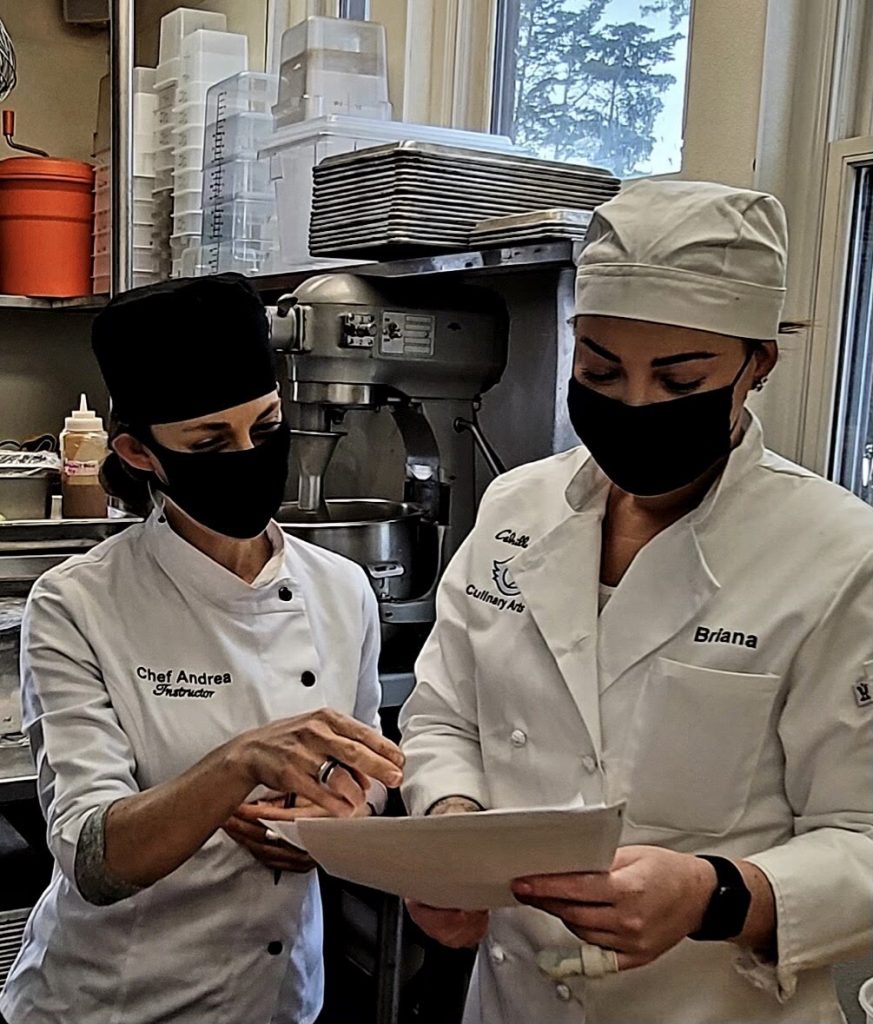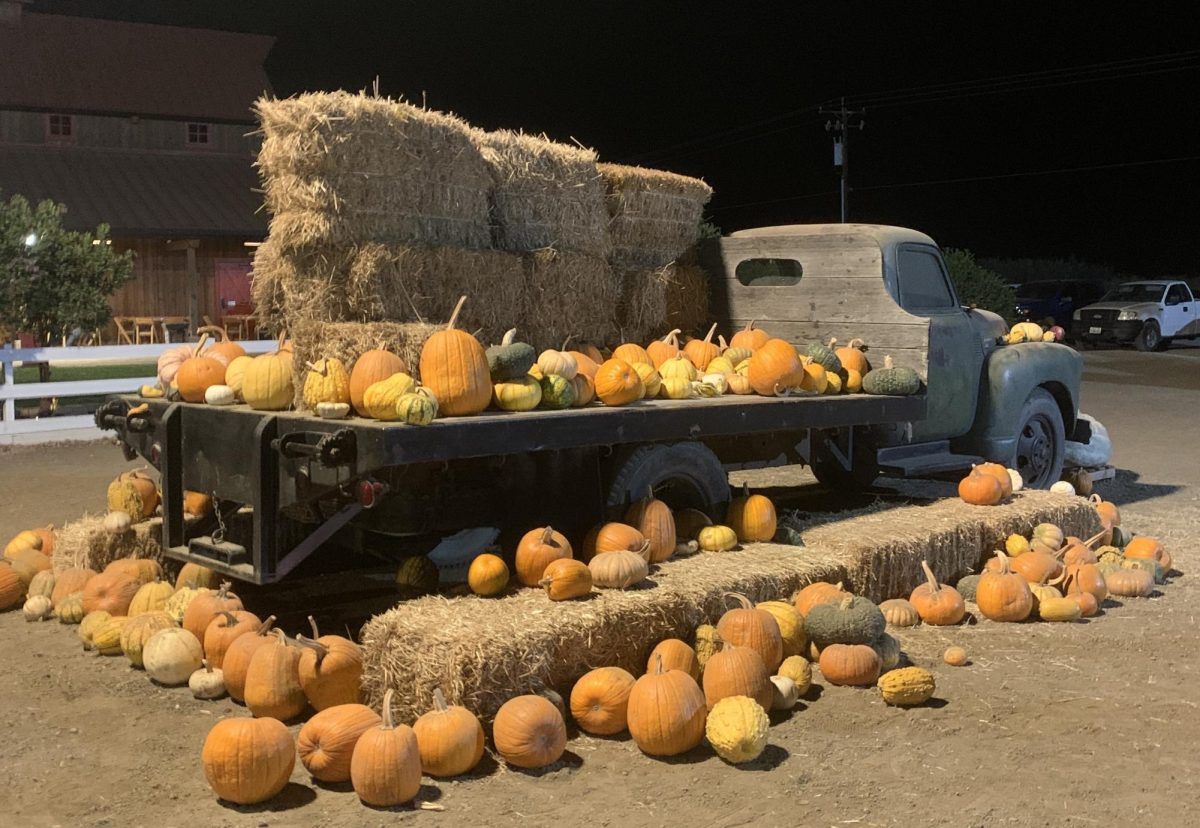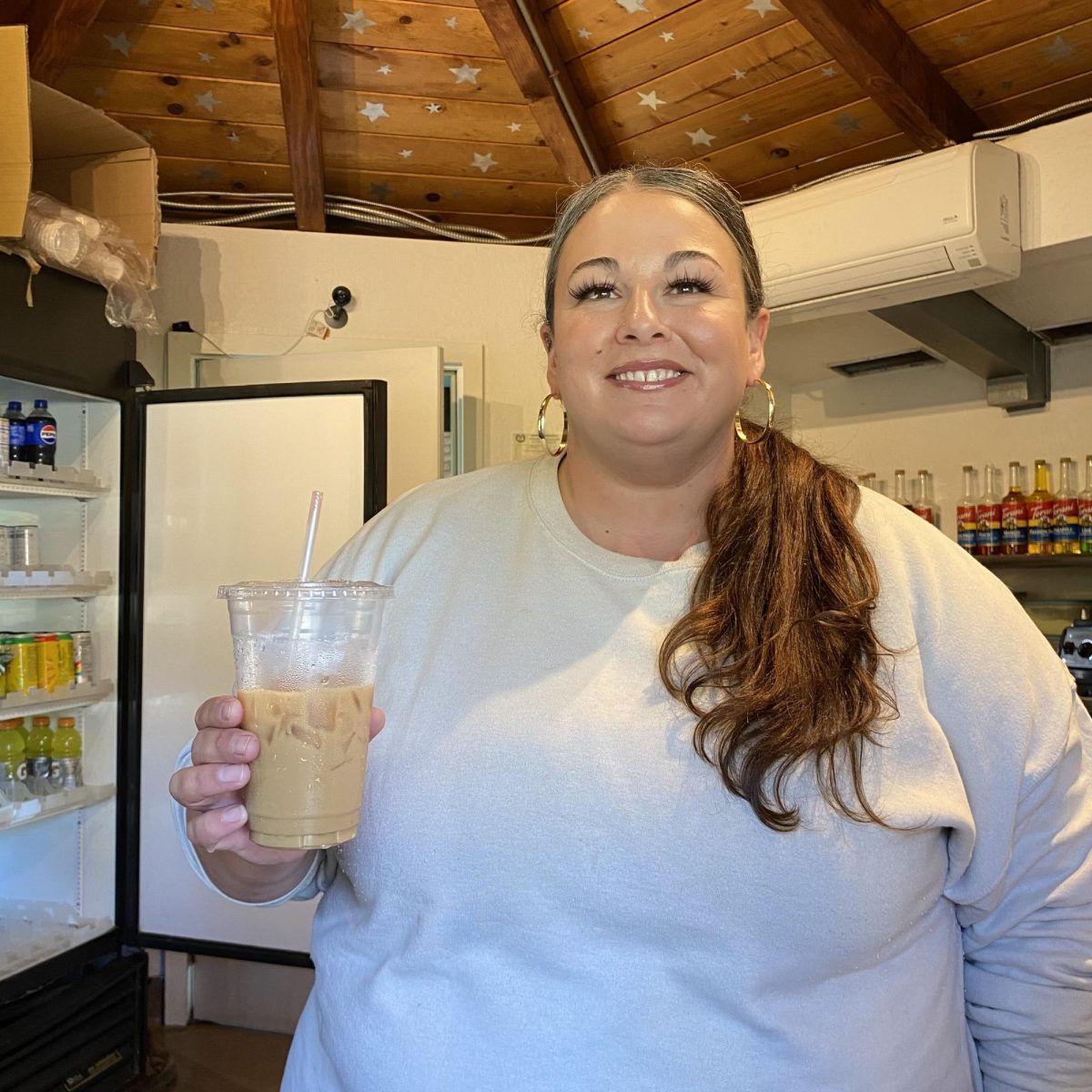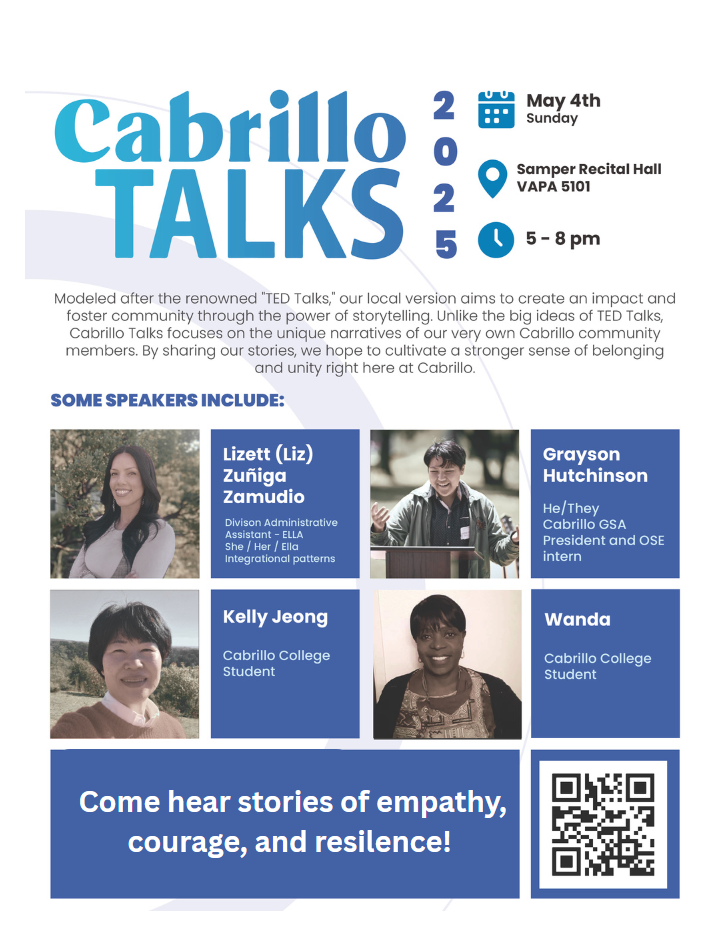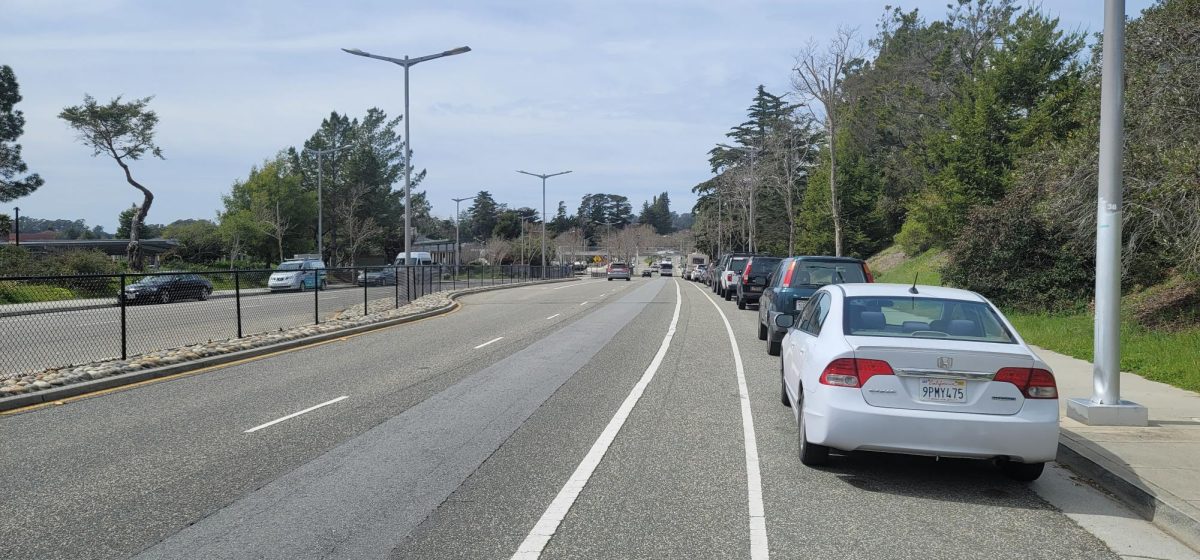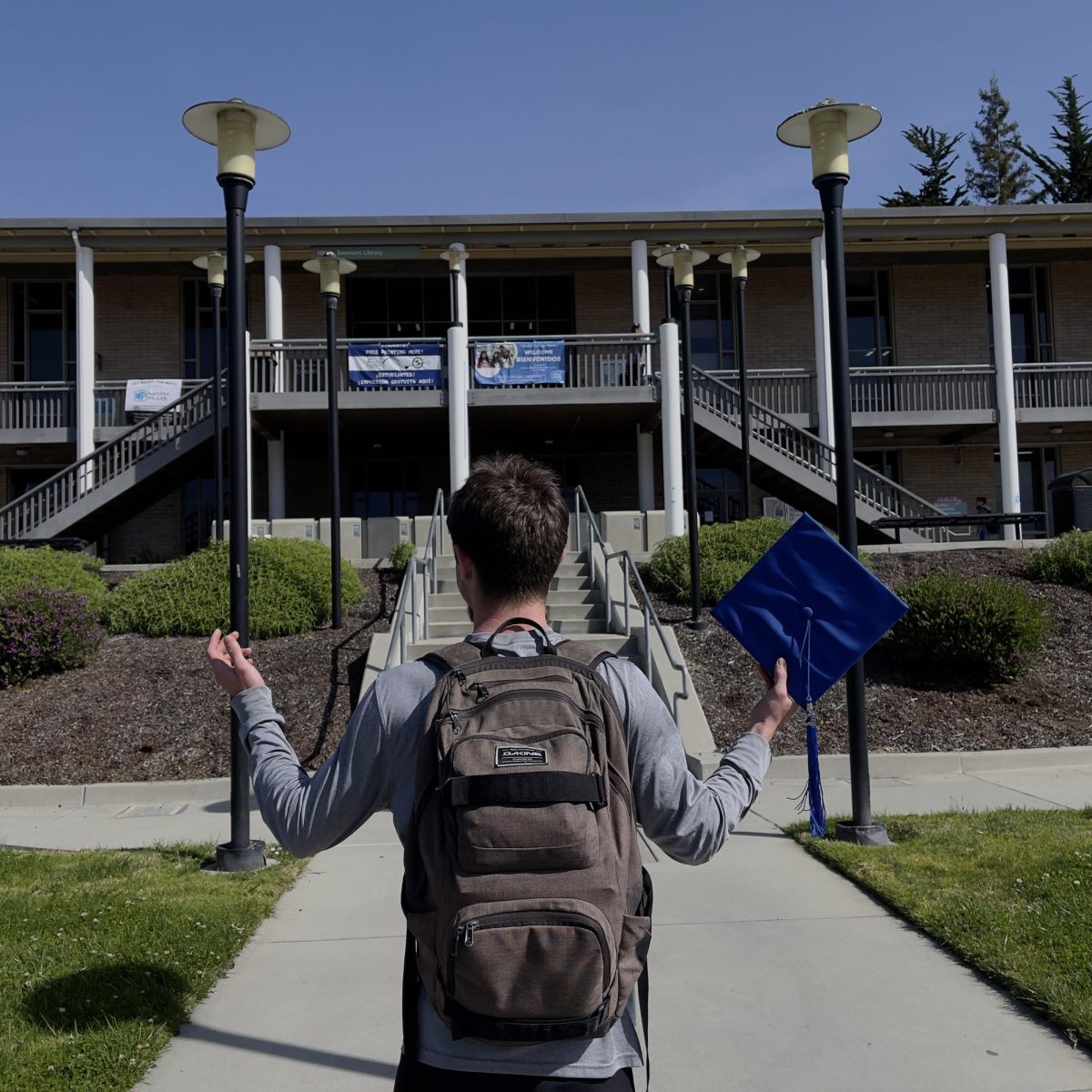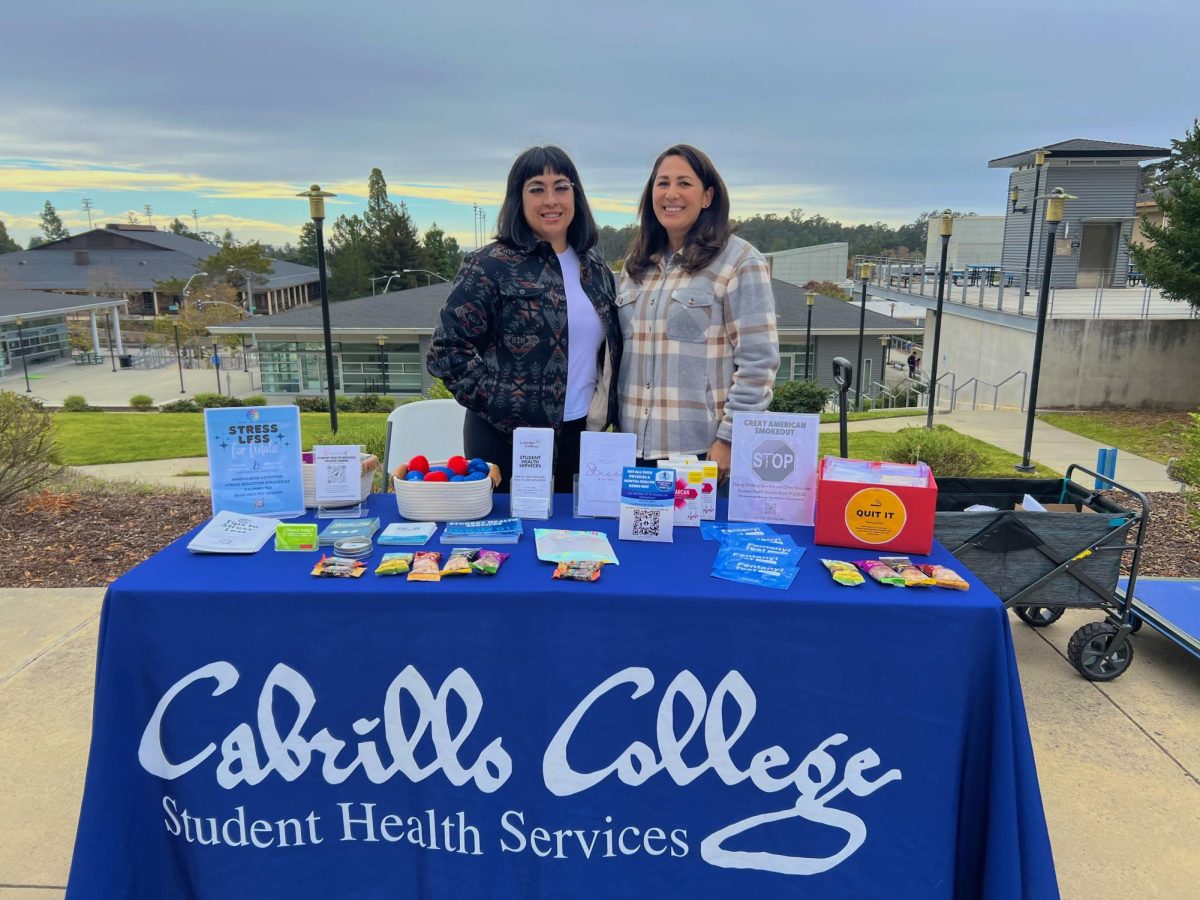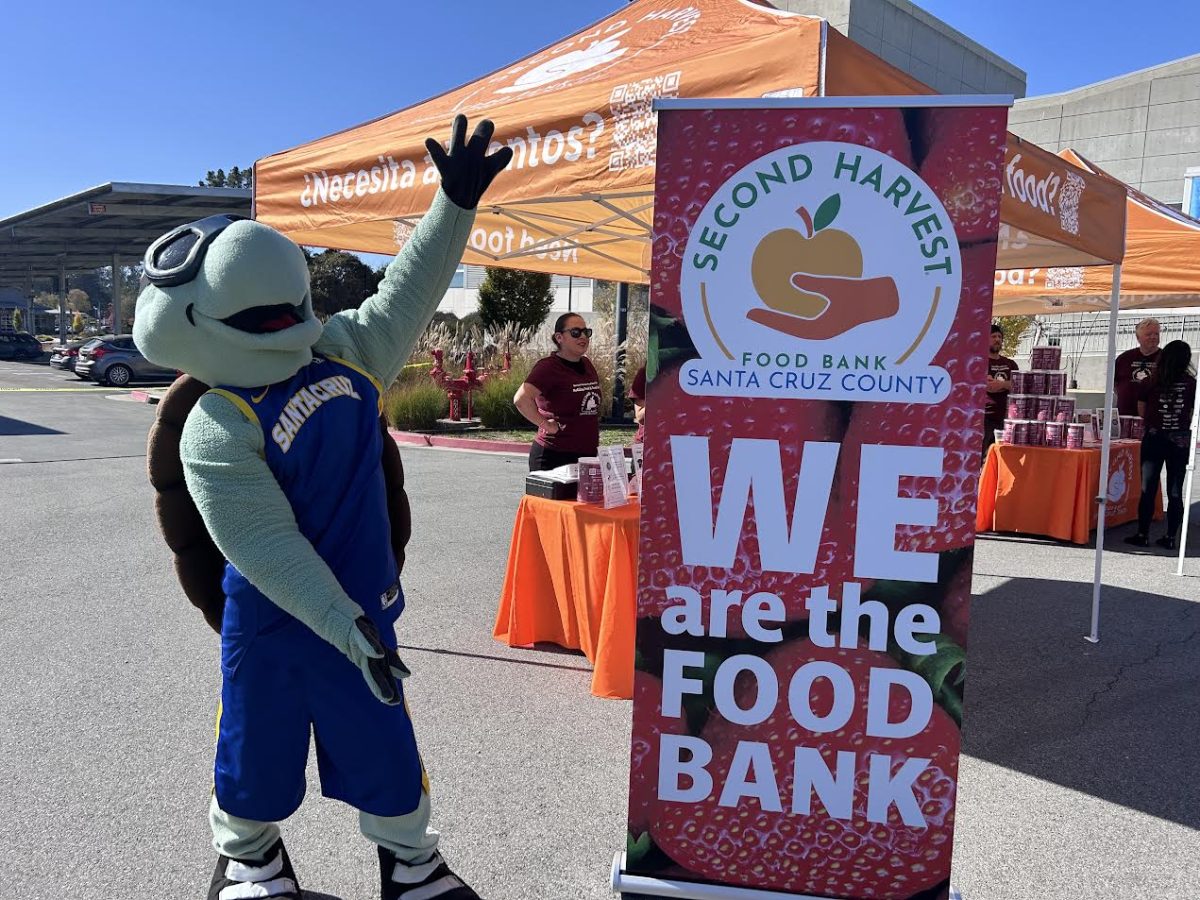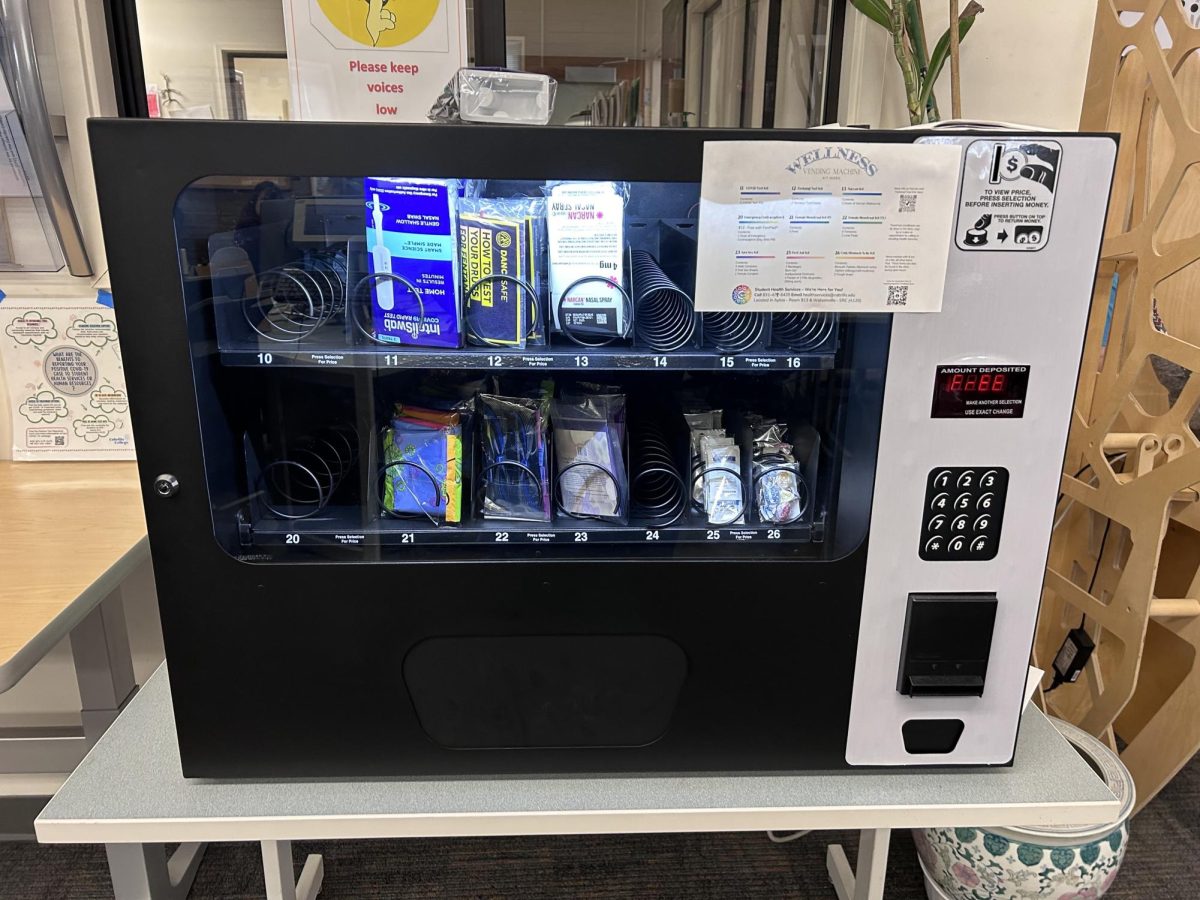Cabrillo teachers are adapting to challenges of the Zoom-scape and are looking for ways to keep students engaged.
“It has been challenging in an online setting to observe students and offer tailor fit-instruction specific to each student,” said digital arts instructor Payson McNett, “Canvas and Zoom have been instrumental in helping provide a high level of instruction but it’s been hard learning new formats from the ground up.”
Journalism teacher Rachel Goodman said it’s not just her eyes that are tired from staring at a screen all day.
“The biggest challenge for me is zoom fatigue. I have three classes at Cabrillo and one at UCSC so some days my eyes and brain just feel tired.” “I miss seeing my students in person and I see the impact this is having on their lives, including their mental health.”
Cherie Barkey who has taught world history for 19 years also said it’s not just Zoom fatigue. “My wrists hurt all the time from being on the computer so many hours. It is so hard to support students when they are facing such a pile-on of challenges, especially technology challenges, economic challenges, childcare and elder care challenges as well as personal losses and instabilities”.
With all the change, Instructors who teach classes that are typically “hands on” are learning creative ways of conducting classes.
“The 3D arts are very dependent on the facilities and tools available in our facilities,” said McNett, who also explained how students are very lucky in normal times because of the state of the art tools and equipment the school provides for the students and that he is doing his best to be innovative and accommodating.
“With COVID-19 our challenge has been how to provide the students with the tools and work space they need to learn the techniques necessary for success. For all of my classes I put together tool kits and portable workstations that the students check out the first day of classes and return during finals week.”
Math instructor Mark Desmet said he misses his whiteboard.
“Much of what we cover is very visual, and I like to interact with students to make sure things are making sense—all very hard in Zoom or email.”
He also said he prefers live teaching. “A lot of the joy of teaching for me is working with students and it’s so fun when something finally clicks for them. When students are working asynchronously, I don’t see those clicks, but I hope they are still occuring!”
The school’s culinary program is operating under a “difficult to convert” class that requires strict health protocols, like routine temperature checks on students. It has been running smoothly with live instruction. “Teaching knife skills and tasting students food would be really hard to do via Zoom,” said Chef Instructor Andrea Mollenauer.
“It seems like everyone at the college has stepped up”
Cherry Barkey
Just because teachers can instruct online does not mean it’s easy. “Every day is super stressful,” said Mollenauer. She, “wears double masks for hours,” and forgets to drink water all day because she doesn’t want to slip her mask off.
History teacher Barkey said, “I appreciate the cooperative spirit that the college has fostered over the past year. It seems like everyone at the college has stepped up; there is a heightened feeling of mutual purpose and support that is quite lovely.”
“One of the silver linings is that developing demo videos and Canvas modules has allowed me to streamline my instruction,” said McNett, “This will be of even greater benefit to students when we return to in person instruction because they will be able to review access to the lectures anytime.”

